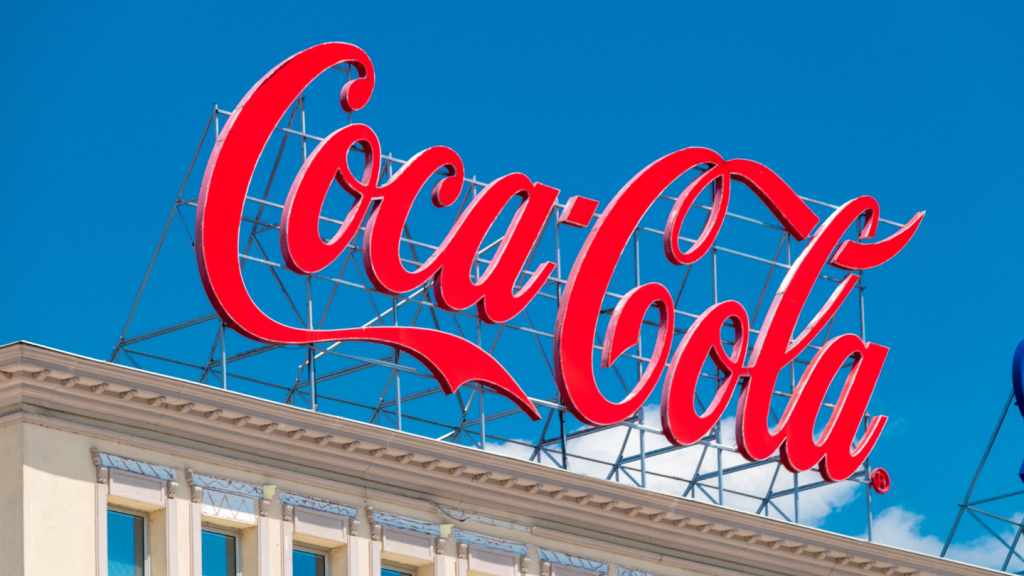KT&G has been granted a patent for an aerosol generating apparatus and method that includes a smoking restriction function. The apparatus receives a smoking initiation request from a user and controls the power supply to a heater based on whether the request satisfies a smoking restriction condition. The apparatus also counts the number of times of smoking and determines if a smoking restriction condition is met, activating a smoking restriction mode. In this mode, the heater heats the cigarette at a lower temperature range, generating a smaller amount of aerosol compared to the smoking mode. GlobalData’s report on KT&G gives a 360-degree view of the company including its patenting strategy. Buy the report here.
According to GlobalData’s company profile on KT&G, Behavioral biometrics was a key innovation area identified from patents. KT&G's grant share as of September 2023 was 27%. Grant share is based on the ratio of number of grants to total number of patents.
Smoking restriction function in an aerosol generating apparatus
A recently granted patent (Publication Number: US11771138B2) describes an aerosol generating apparatus that includes a cavity for accommodating a cigarette, a controller, and a heater. The controller is responsible for counting the number of times a cigarette is smoked and determining whether a smoking restriction condition is met based on the accumulated number of times. If the condition is satisfied, the controller activates a smoking restriction mode. In this mode, the heater is controlled to heat the cigarette at a lower temperature range, resulting in the generation of a smaller amount of aerosol compared to the regular smoking mode.
The apparatus also includes a preheating feature, where the controller controls the heater to operate in either the smoking restriction mode or the regular smoking mode after preheating. The start and end of smoking are determined by the controller using various inputs, such as button presses, sensing of cigarette insertion and extraction, changes in heater temperature, and changes in flow rate.
In the smoking restriction mode, the controller provides a notification to the user indicating that the mode has been activated. This notification can be delivered through a display, a lamp, a speaker, or a motor vibration.
The smoking restriction condition can be set based on setup information inputted via an interface, setup information received from an external device through wireless or wired communication when the apparatus is connected to a cradle device.
This patented aerosol generating apparatus offers a smoking restriction mode that allows for reduced aerosol generation by controlling the temperature range of the heater. The device provides notifications to the user when the smoking restriction mode is activated and offers flexibility in setting the smoking restriction condition through various input methods. The inclusion of a preheating feature ensures smooth transitions between the smoking restriction mode and the regular smoking mode. Overall, this patented technology aims to provide a controlled smoking experience with reduced aerosol production.
To know more about GlobalData’s detailed insights on KT&G, buy the report here.
Premium Insights
From

The gold standard of business intelligence.
Blending expert knowledge with cutting-edge technology, GlobalData’s unrivalled proprietary data will enable you to decode what’s happening in your market. You can make better informed decisions and gain a future-proof advantage over your competitors.





